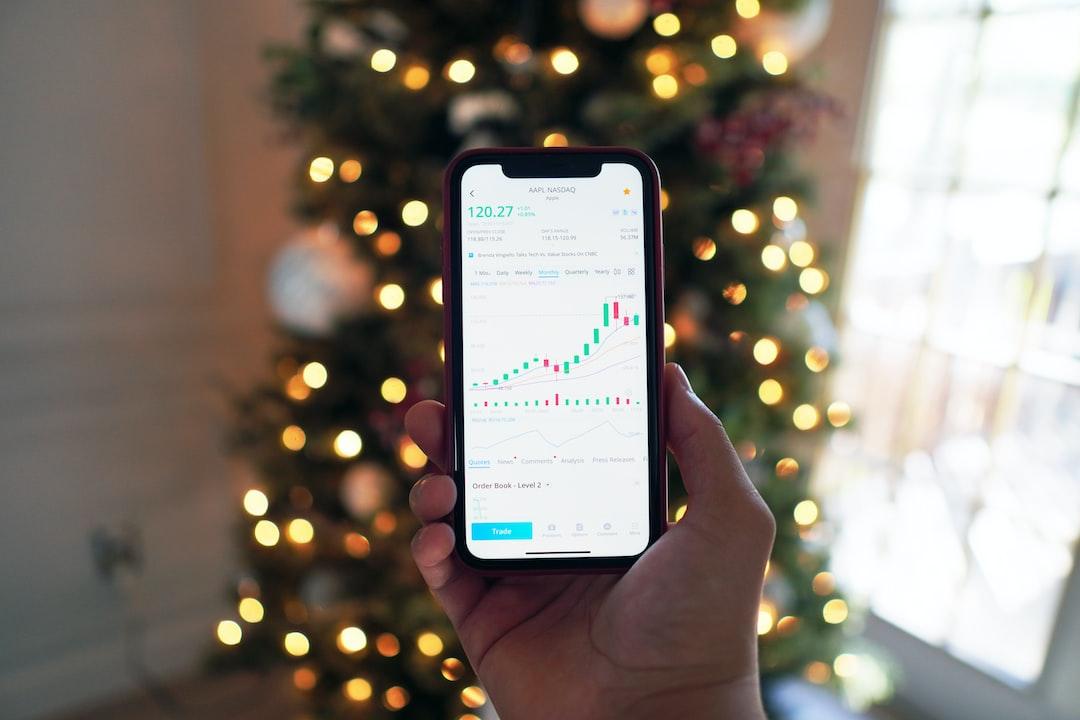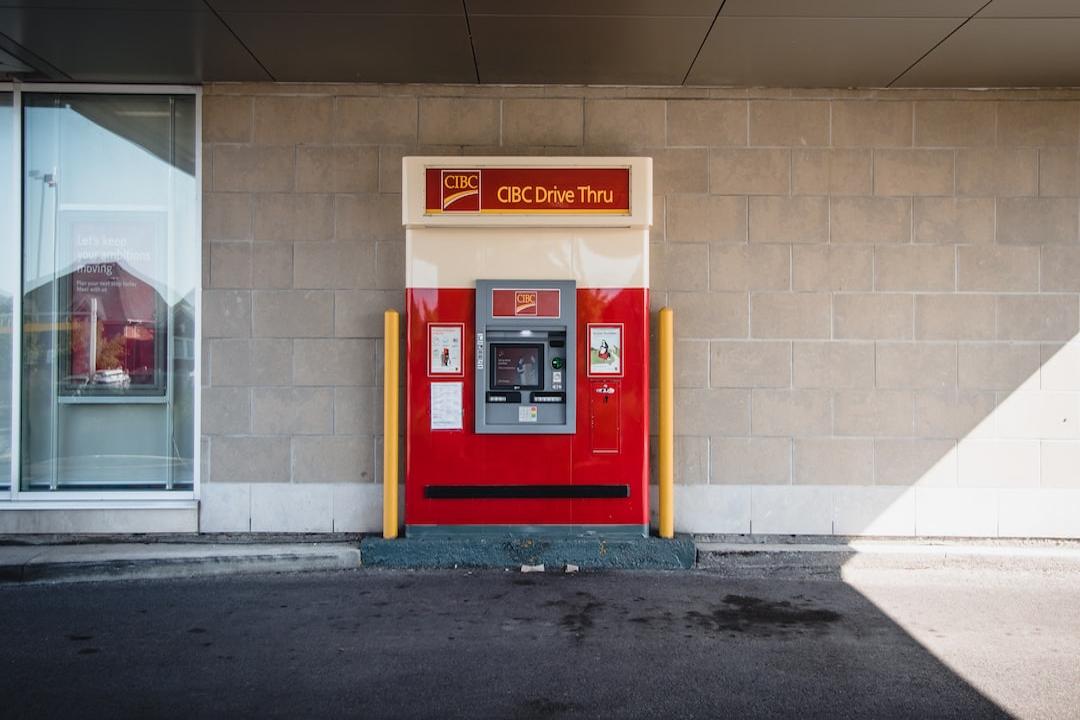Today, we are exploring six of the most important methods for individual investors to invest in Bitcoin, and discussing the advantages of each method to help you determine which method is most suitable for you! This article is sourced from the Bankless article “6 Ways to Invest in Bitcoin in 2024,” compiled, translated, and written by Foresight News.
(Table of Contents:
Bitcoin miners
Spot ETFs
Exchange custody
Futures ETF
Self-custody
Which method of investing in Bitcoin is best for you?
You may know how to buy some BTC and now spot BTC ETFs are trading in the US, making exposure to Bitcoin easier than ever, but not all investment avenues are the same……)
Bitcoin miners use high-energy computing devices to solve complex cryptographic puzzles, hoping to guess a digital or hash value, thereby solving the puzzle and gaining the ability to add the next block to the Bitcoin blockchain. In return, they can earn Bitcoin from inflationary token rewards and transaction fees.
Miners do not keep most of the Bitcoin they earn on their balance sheets, but instead sell it to pay for operational costs (electricity) or expansion (purchase of new mining machines). However, since their income is denominated in Bitcoin, the profitability of miners is inherently linked to the price of Bitcoin!
As the halving approaches, it is important to remember that many miners may face profitability difficulties as their income from inflationary network rewards, currently accounting for 97% of the total reward for mining a Bitcoin block, will be halved. The consolidation caused by unprofitable companies going offline or selling mining machines will benefit the remaining miners, as their control over the increase in Bitcoin network hash rate will enable them to mine more Bitcoin blocks.
Popular Bitcoin miners:
Marathon Digital Holdings Inc. (MARA)
Riot Platforms Inc. (RIOT)
CleanSpark Inc. (CLSK)
MicroStrategy
Michael Saylor made his legendary BTC bet in August 2020, transforming his business intelligence technology company into a massive Bitcoin custodial tool, currently holding nearly 1% of all BTC expected to exist!
Although MicroStrategy holds a large amount of Bitcoin, it does not charge shareholders a management fee, but uses profits from its software business operations to cover these costs. The residual value of BTC held by MicroStrategy (i.e., its market value minus the value of its core software business) tends to trade at a premium or discount to the actual market value of BTC held by the company, as there is no enforced pegging mechanism.
When MSTR trades at a premium, management typically raises additional funds by selling stocks to dilute shareholder equity and buy more Bitcoin in the future. This sets a soft upper limit for MSTR’s market value to exceed its actual value in terms of its software business and Bitcoin holdings. Due to Saylor’s repeated statements that he will not sell, MSTR lacks any real protection against downside risk and the company’s market value may be lower than the market value of its Bitcoin holdings for a considerable period of time, which poses a significant risk to holders.
MicroStrategy swings between discounts and premiums, providing profitable opportunities for traders willing to go against the market and bet on a fallback to parity. However, holding such stocks does not make sense for investors seeking purely Bitcoin positions in the era of spot Bitcoin ETFs.
Spot Bitcoin ETFs were approved in January 2024, marking a milestone achievement for the cryptocurrency industry, allowing anyone in the United States to obtain pure cryptocurrency exposure through traditional brokerage accounts. Such products have already existed in Canada and Europe.
The issuers of spot Bitcoin ETFs represent the shareholders of their ETFs and deliver the actual Bitcoin to professional cryptocurrency custody institutions, such as Coinbase Custody, whose sole responsibility is to store clients’ digital assets.
Authorized participants can create or redeem shares of spot ETFs at any time, which means that the market price of shares is closely related to their net asset value. This is different from trust-based structures, such as Grayscale’s Bitcoin Trust (GBTC), which can generate premiums and discounts depending on Bitcoin demand.
Although some issuers currently waive fees for their spot Bitcoin ETFs, these fees will eventually expire. Afterward, holders will pay annual management fees ranging from 0.19% to 1.5% based on the product they invest in.
One of the most attractive features of spot Bitcoin ETFs is their integration with the traditional financial system, allowing investors to buy shares of these instruments from their existing traditional brokerage accounts, just like buying stocks and bonds. Additionally, being able to hold these ETFs in existing tax-advantaged accounts, such as retirement accounts (401(k)s) or individual retirement accounts (IRAs), is a major advantage for long-term investors seeking to optimize tax efficiency.
Popular US spot BTC ETF tickers:
iShares Bitcoin Trust (IBIT)
Bitwise Bitcoin ETF (BITB)
VanEck Bitcoin Trust (HODL)
Valkyrie Bitcoin Fund (BRRR)
Grayscale Bitcoin Trust (GBTC)
Whether you are a newcomer to the cryptocurrency world looking to buy your first Bitcoin shares or a passionate Bitcoin enthusiast committed to accumulating Bitcoin relentlessly, centralized exchanges can serve as gateways for you to enter the world of crypto assets!
Centralized exchanges facilitate easy conversion between fiat currency and cryptocurrencies while shielding users from the technical complexities of storing cryptocurrencies and exchanging tokens across different networks.
Centralized exchanges do not charge users asset storage fees but earn revenue through transaction fees and other auxiliary trading services.
For non-US users, many centralized exchanges offer perpetual products that allow traders to speculate on the price of cryptocurrencies using leverage to enhance returns and allow users to gain asset returns through lending and structured products.
While storing your Bitcoin on a centralized exchange has certain benefits, it is important to remember that you are entrusting the security of your cryptocurrency to another party and to bear in mind the principle that “not your keys, not your crypto.”
Similar to spot products, Bitcoin futures ETFs also allow investors to buy and sell Bitcoin on centralized exchanges, but they hold Bitcoin futures contracts instead of physical Bitcoin.
Compared to spot products, futures ETFs are considered a suboptimal investment tool for Bitcoin because futures contracts expire and require constant rollover, exposing investors to the impact of futures contango and backwardation, which can cause futures prices to deviate from the price of the underlying asset.
The issuers of Bitcoin futures ETFs charge management fees to investors. For example, the largest Bitcoin futures ETF in the US, ProShares Bitcoin Strategy ETF (BITO), has an annual management fee of 0.95%.
Popular US futures BTC ETF:
ProShares Bitcoin Strategy ETF (BITO)
The cryptocurrency industry has witnessed many exchange collapses, whether due to fraud or vulnerabilities. Storing your Bitcoin on centralized exchange platforms carries significant risks.
With a little more effort and technical knowledge, ordinary cryptocurrency users can adopt self-custody methods to eliminate various risks associated with exchange custody!
Apart from the initial cost of purchasing a hardware wallet (a physical device used to store the private keys required to access your cryptocurrency), self-custody has no additional costs.
While modern hardware devices from companies like Ledger come with user-friendly setup processes that allow anyone with basic internet knowledge to engage in self-custody, key management poses a challenge to users as those who fail to correctly record or protect wallet recovery phrases face a 100% risk of fund loss and cannot recover!
Since Bitcoin does not have the ability to support smart contracts, those who self-custody Bitcoin must first send it to a centralized exchange to sell, which adds time needed to obtain investment liquidity, especially for whales with large deposits, which brings the risk of triggering compliance danger signals.

Related Reports
Joeman complains that Bitcoin “loses money too quickly” and calls for buying houses in Japan with 4-5% returns
Bitcoin surges signal! Exchange-held coin volume drops to 5-year low
M6 Crypto Weekly Report: ETFs continue to drive Bitcoin, INJ ecosystem airdrop


